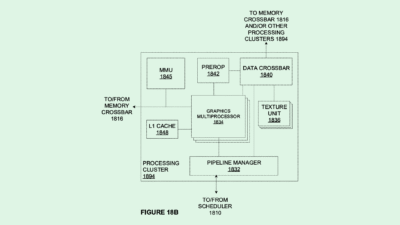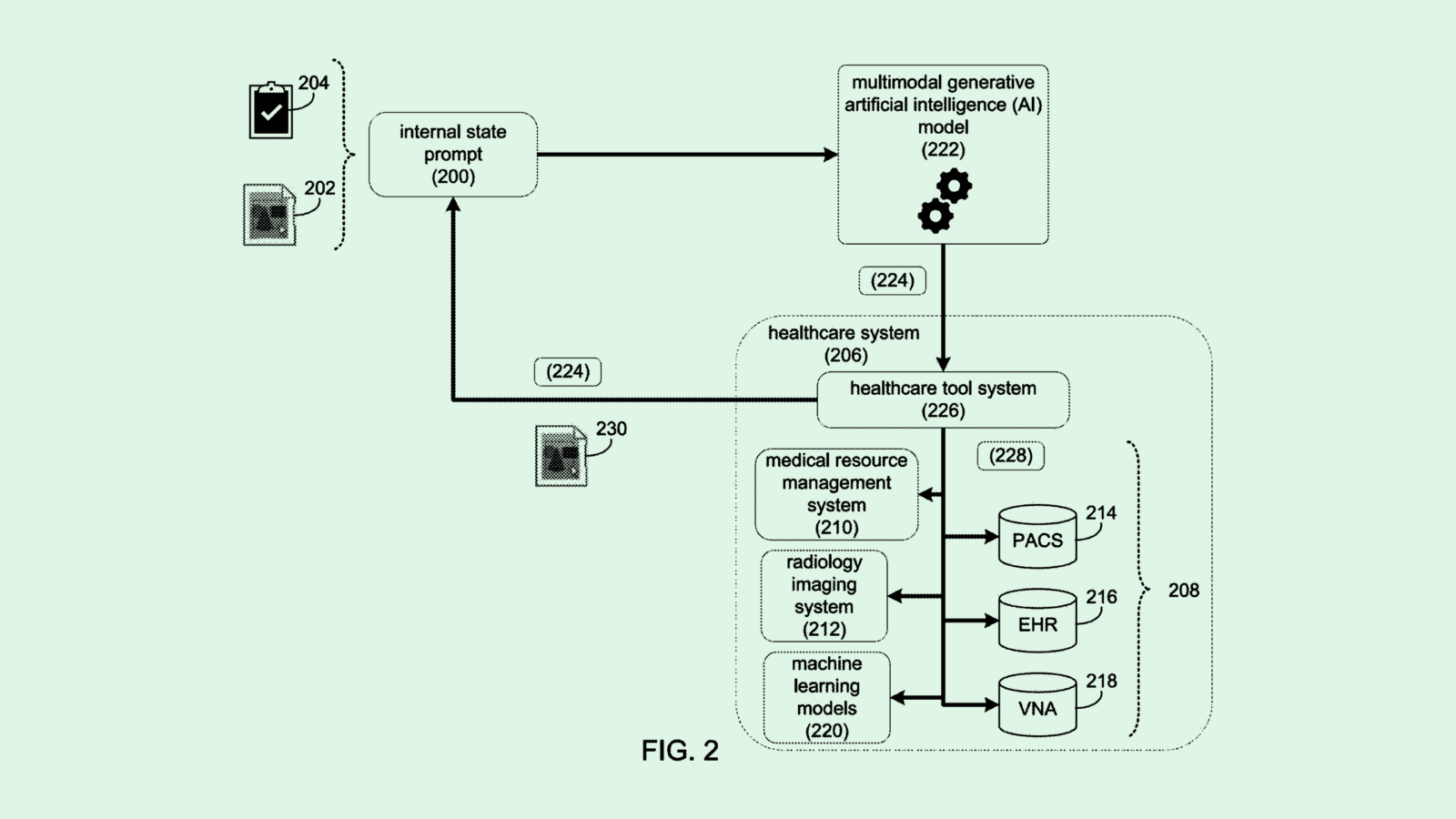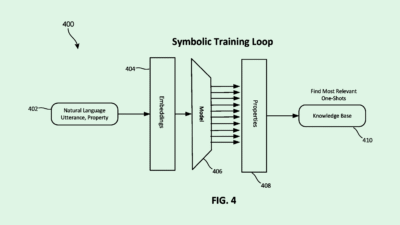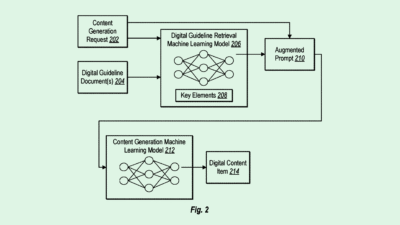Kognitos Works to Remove the AI ‘Language Barrier’
“Humans must be steering AI, even if it becomes superhuman.”

Sign up to get cutting-edge insights and deep dives into innovation and technology trends impacting CIOs and IT leaders.
Just because AI can be in control doesn’t mean it should be.
Though increased automation may be the next frontier of AI, humans should remain in the driver’s seat and steering shouldn’t require a software engineering background, said Binny Gill, CEO of AI automation startup Kognitos.
“There’s only 30 million developers in the world, but I believe that there are a billion people who can figure out, stepwise, what to do in order to achieve something new,” said Gill.
Kognitos offers an AI automation platform with the goal of making these systems more predictable and reliable. The company recently announced a $25 million Series B funding round led by Prosperity7 Ventures, with support from Khosla Ventures, Wipro Ventures, Engineering Capital, Dentsu Ventures and Alumni Ventures.
Kognitos’ goal is to “remove the language barrier” between building AI automation and the enterprise. It does so through a paradigm called “English as code,” said Gill, or defining in plain English a process that you want achieved for your business:
- Rather than focusing on goal-oriented AI agents, Gill said, Kognitos focuses on “process-oriented” agents, defining exactly what steps you want an AI agent to take, rather than what goal you want it to accomplish.
- Kognitos’ tech relies on “neurosymbolic” AI, or a kind of model that combines the gray areas of human reasoning with the black-and-white determinism of machines. A neural engine comes up with a game plan for how a process should be run, while the symbolic engine runs it exactly as it should be.
Tech like this can be helpful for enterprises that are seeking to deploy AI, but don’t have the resources to hire tons of AI talent – something that’s come at a premium as demand for AI skills only grows. By breaking down technical barriers, Gill said, enterprises can remove “the bottleneck of computer developers.”
But with fewer engineers, how can you keep AI from going off the rails? By making the buck stop with humans, said Gill. Before any Kognitos workflow process is put in place, it’s presented to a human to be double-checked. The amount of governance and human oversight can be shifted depending on the task, Gill noted.
“Intelligence and hallucination are two sides of the same coin,” said Gill. “My bicycle cannot hallucinate, but my Tesla might … anybody who says that ‘my AI does not hallucinate’ is dead wrong.”
Plus, even as automation picks up the pace, automating humans out entirely is something that no enterprise needs, said Gill – or even wants. “People are realizing they don’t want, even if AI is smarter than humans, to give up control,” said Gill. “Humans must be steering AI, even if it becomes superhuman.”











